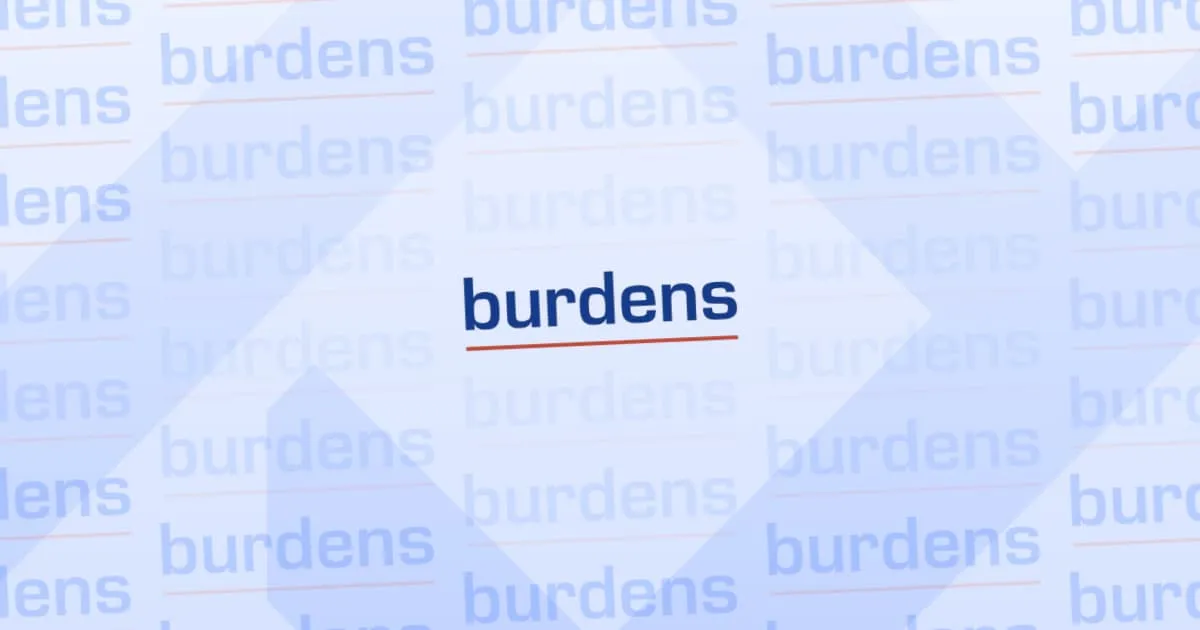5 Tips for Reducing Cashflow Problems

Every company has highs and lows with cash flow, this is a completely normal part of business. However, if you’re finding that at the moment the lows are greatly outweighing the highs, maybe it’s time to make some adjustments. Don’t let slow months turn into slow years, here are a few ways that should help you to get the cash rolling in steadily again.
- Invoice Immediately
Almost everyone has a story about a tradie that forgot to bill them. When you’re busy jumping from job to job, it’s an easy mistake. Sadly though, the majority of customers may not be honest enough to cough up money when it hasn’t been requested. This should go without saying... Forgetting to bill your customers is terrible for business. Rather than leaving your accounting until the end of the week or month, make sure you’re invoicing your customers on the spot. Using Trade Management apps like Trade Trak makes this a simple process. You can have the customer sign off on an invoice and send a copy straight to their pocket, all before you’ve even left the job site.
- Use Automatic Reminders
Sometimes people forget they have outstanding accounts, it happens, but don’t let honest mistakes become a burden to your business. Set up automatic reminders on your job management program to go out to customers before their payments are due. Although this is dependent on the job size, a good rule of thumb for this may be sending reminders out a week prior to the due date. This way the customer has enough time to get their finances in order, but not enough time to put the task off, or completely disregard the message. - Ditch the Deadweight
If you have customers that are consistently late with payments, maybe it’s time to reconsider how valuable they are to your business. Every time you have to chase down a late payer, it’s at a cost to you, both monetarily and timewise. If there are outstanding accounts, perhaps put a halt on working with the customer until they settle what’s owing. While it may seem harsh, it’s unfair and unrealistic of them to expect you to work for free. - Set Payment Terms
Don’t allow your customers to set the payment terms - it will rarely work in your favour. Make sure the payments due date and terms are clear on all invoices. Whilst 30 day pay periods are the norm, if you’re getting to the end of the month and cash flow is a bit tight, maybe consider reducing this. Some large jobs may still require 30 days, but perhaps smaller invoices could be requesting payment within 14? If your terms don’t quite suit a customer, try and reach a middle ground with them, but always have it written in writing, and never let it be at a cost to your business. - Always Request Deposits
Deposits are useful in helping you to cover all initial material costs and give you a level of protection if a job falls through. If you don’t charge a deposit, and then have a late paying customer, not only are you footing the bill for tools and equipment, but you and your workers are also going without pay.
Trak lets you keep track of all your quotes and invoices in the one app. You can access and create them on the go, and you never have to miss payments again. If you’d like to find out more, get in touch with one of our representatives here.
Click here to check out the Trak blog for more articles.
Recommended posts
Here's some related posts.



Why You Should Be Wearing Branded Work Clothes
This article explores the importance of wearing branded workwear as a trade business.



How Do You Currently Order?
If you're still ordering your supplies in-store during work hours, you may be losing thousands of dollars every year. Find out how you can save time and money by making your ordering process more efficient.



Social Media: Why it's essential to be using it to maximise your trade business' brand awareness
Find out why it's so important for modern trade businesses to leverage their social media accounts in order to grow.
